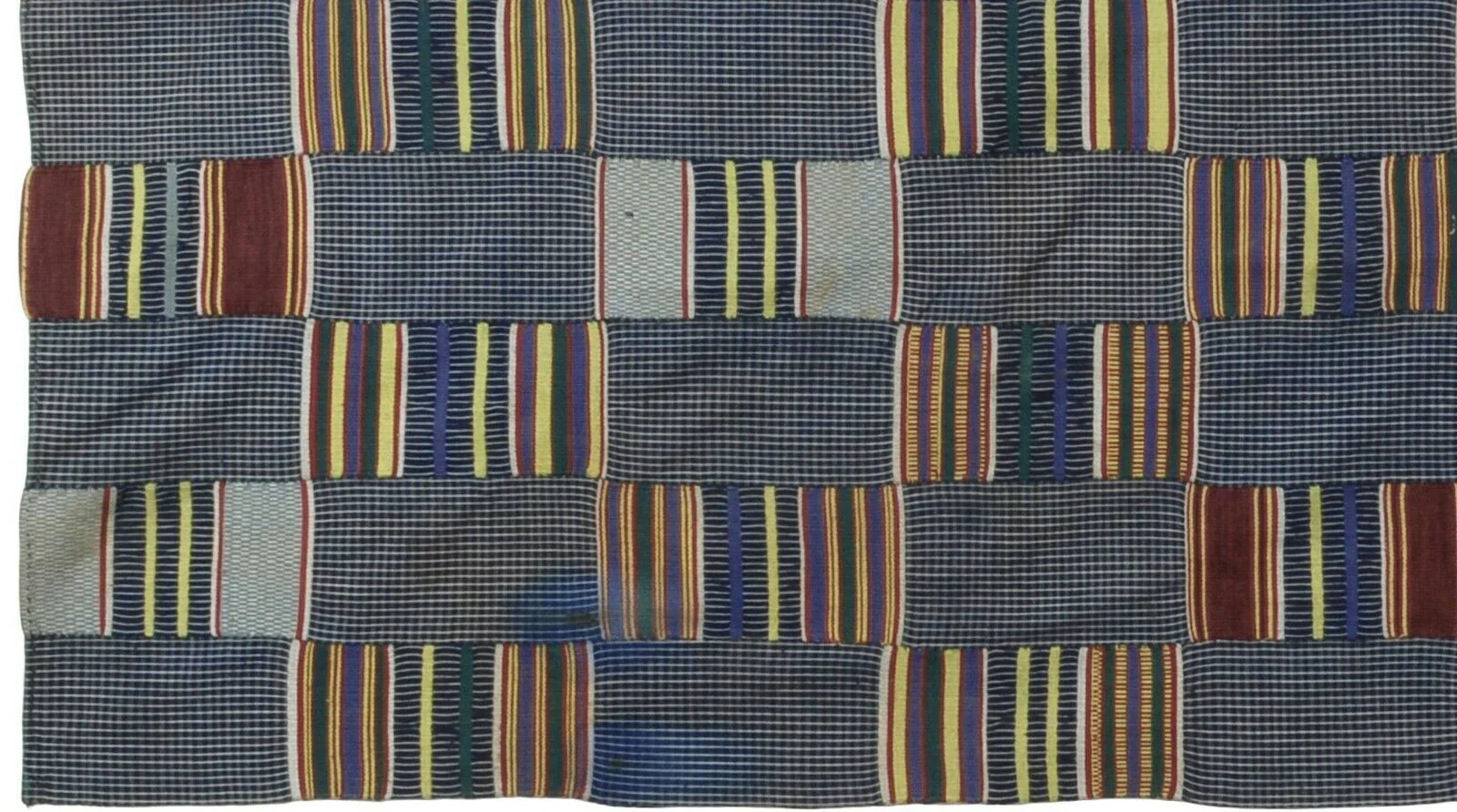The Weave of Civilization: Kete and Cultural Order
By V. L. K. Djokoto
Civilization endures not through institutional architecture alone, but through the transmission of meaning across generations. Among the Ewe of Ghana's Volta Region, this transmission occurs at the loom. The kete, or kente cloth, represents more than textile craftsmanship — it embodies a philosophical system, encoding cultural memory in pattern and color.
The loom functions as an instrument of order, imposing discipline upon creative impulse. The weaver negotiates between opposing forces — warp and weft, tension and release — much as the statesman navigates between competing national interests. This is not mere metaphor. The symmetry achieved represents a metaphysical commitment: that beauty emerges from disciplined engagement with constraint, not from its absence.
Each motif serves as symbolic vocabulary. Adanuvo signifies cleverness; anyigbavɔ expresses reverence for earth; dzidudu embodies patience. The Ewe encoded their philosophical tradition not in written treatise but in visual grammar, creating what might be termed a textile scripture. This method of cultural preservation demonstrates a sophisticated understanding: memory persists not through static preservation but through ritual repetition, through the continuous re-creation of meaning.
The production system surrounding the loom reveals a carefully calibrated social arrangement. Men weave; women spin, dye, and embellish. This division of labor represents not hierarchy but interdependence — a living equilibrium where each function completes the others. In an era obsessed with efficiency and scale, the Kete's production model offers an alternative calculus of value: one that privileges precision over speed, meaning over mass production.
Yet globalization presents unavoidable challenges. As Kete enters international markets and fashion circuits, it risks dilution — the familiar fate of cultural forms translated across contexts. The imperative becomes one of strategic adaptation: how to engage global systems without surrendering essential identity. This requires what might be called cultural diplomacy — the art of evolution without dissolution, of maintaining core principles while accepting necessary transformation.
The Kete functions as political text. To wear it is to declare allegiance not merely to aesthetic preference but to a civilizational framework that prioritizes coherence and continuity. In traditional contexts, the cloth conferred status; today, it confers legitimacy, connecting contemporary practice to ancestral authority.
Modern states rely on institutional frameworks — constitutions, bureaucracies, legal codes. Traditional societies depend equally on symbolic systems. Both seek to transform individual desires into collective belonging. The question is not which system proves superior, but how symbolic and institutional orders can coexist, each reinforcing the legitimacy of the other.
The loom's patient rhythm suggests a broader principle: continuity represents not stagnation but disciplined adaptation. Each generation adds its thread to civilization's fabric. Patterns shift, colors evolve, yet the underlying structure persists — the warp beneath the weft, the principle beneath the variation.
This distinguishes genuine cultural strength from brittle preservation. The genius of enduring civilizations lies not in rejecting change but in absorbing it strategically, in carrying forward not the ashes of tradition but its animating fire. The Ewe weaver understands what every successful society must learn: that heritage is not inherited passively but woven actively, requiring constant re-creation.
Beauty, properly understood, is not decoration but discipline made visible. The Kete endures because it embodies this principle — proportion, restraint, purpose unified in physical form. To study Ewe textile production is to study the mechanics of cultural persistence, the quiet philosophy that sustains civilization across centuries.
The lesson transcends its particular context. Every society confronts the same challenge: how to maintain coherence amid change, how to honor tradition while accommodating innovation. The answer lies not in rigid preservation or wholesale abandonment, but in the weaver's art — the patient negotiation between continuity and adaptation, between the enduring pattern and the changing thread.
